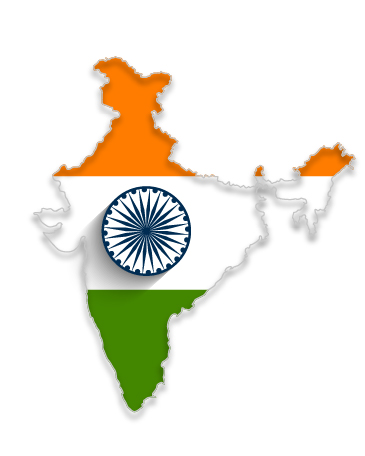Hindi Translation Services

Language History
The earliest forms of Hindu religious texts were written in Sanskrit – an ancient language that had much influence over Hindu and Indian culture throughout the years. Sanskrit used the Devanagari written script, which gave rise to several languages including Hindustani – a significant language used in India. Eventually, India and Pakistan separated, which in turn, created the languages known today as Hindi and Urdu.
Both were basically Hindustani, with only political differences and some changes over the years setting them apart. Hindi for instance, still uses the Devanagari script, while Urdu uses a Persian script. Urdu has also adopted several Persian words that do not exist in the Hindi language.
Hindi is one of the most spoken languages in the world. It used by approximately 400 million people globally.
Where is Hindi Spoken?

Fun Fact!
Did you Know?
Hindi Dialects
The dialect selected as the official language is “Khariboli”.
There are other dialects of Hindi including:
• Brajbhasa
• Bundeli
• Awadhi
• Marwari
• Maithili
“Hindi Day is celebrated annually on the 14th September!”
4 Easy Phrases in Hindi!
Population vs. Internet Penetration
India Population:
1,368,737,513
Internet Users:
5,000,000
Penetration:
40.9 %
As of 2019. Source:
www.internetworldstats.com
FACT!
Hindi Translation Tips
• Remember! Hindi sentences generally follow a Subject-Object-Verb structure.
• There are two noun genders in the Hindi language – Masculine and Feminine. Masculine usually ends in “a”, and Feminine typically ends in “i” or “iya”.
• Verbs in the Hindi language often follow the object of the sentence and can have past, present, or future tenses.
• Don’t forget! There are no Definite or Indefinite articles in Hindi.





